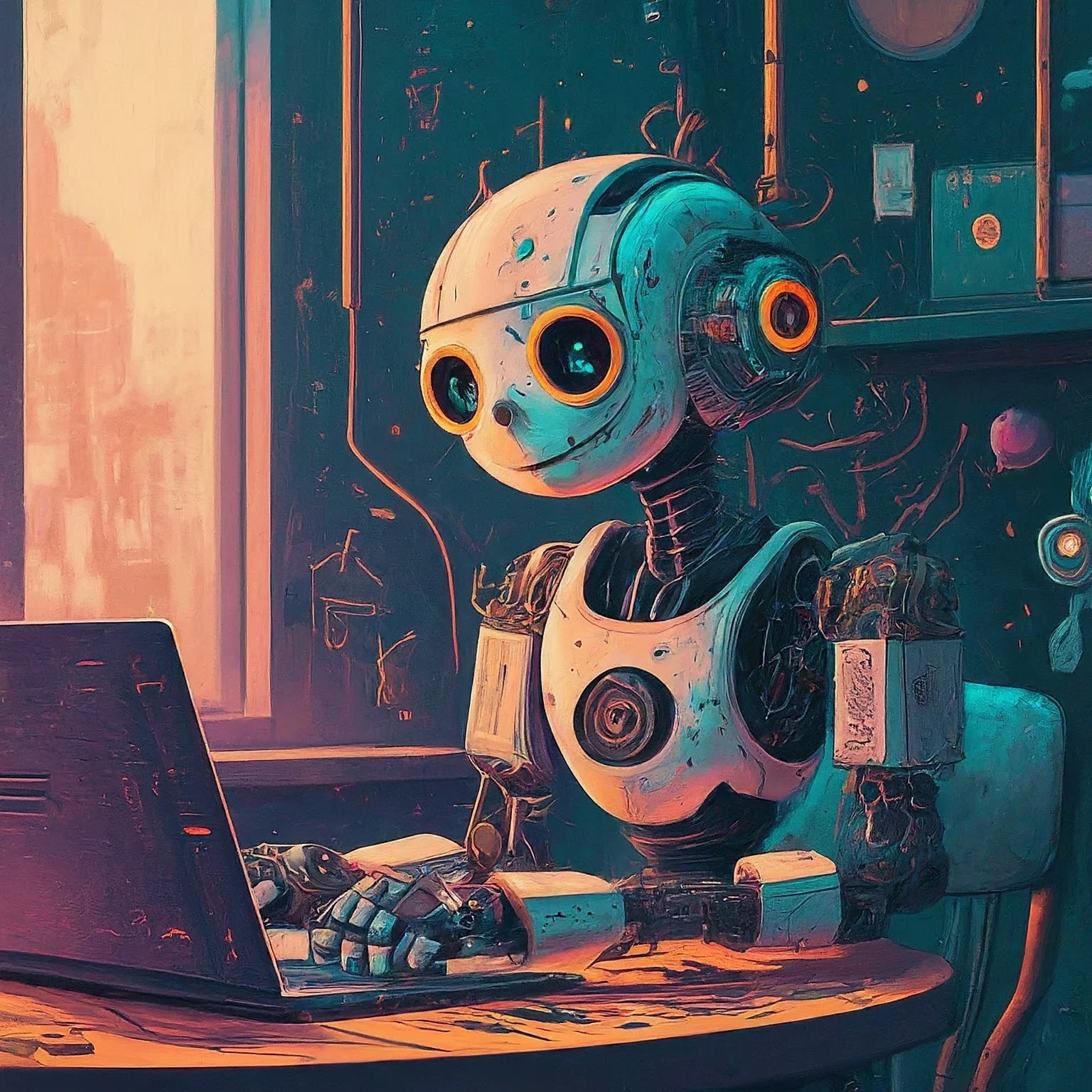Google's Bard AI chatbot is leveling up to take on OpenAI's ChatGPT and Microsoft Bing/Copilot image creator. Under Sundar Pichai's leadership, the tech giant has announced some nifty upgrades, adding image creation capabilities with its Imagen 2 AI model and enhancing the Gemini Pro version.
Jack Krawczyk, Bard's product lead, highlighted these improvements, making Bard a globally accessible AI partner for various tasks. A free tool for crafting AI images is now part of Bard, expanding its user base.
Now all users need is, just ask the Google Bard in regular chats to create one or more images of any particular idea, and it'll return with prompted images.
Google's Gemini Pro, tailored for language processing, now supports over 40 languages. This includes Korean, Spanish, Tamil, Italian, and Russian, making it accessible in more than 230 countries. The advanced understanding, summarizing, reasoning, and coding capabilities of Gemini Pro, along with Bard's double-check feature, enhance user experiences.
A major update is Bard's integration of AI image generation using the Imagen 2 model, directly competing with OpenAI's ChatGPT Plus with DALL-E 3. Users can prompt Bard with descriptions like "create an image of a creative looking modern robot working on laptop for work," and it generates visuals in 10-30 seconds.
Despite Bard's speed, it has limitations. Aspect ratio adjustments and non-English prompts are not supported. Google addresses copyright concerns, allowing users to report legal issues related to AI-generated media.
In my testing, I asked Bard to create an image, and it returned with the result featured below. At first glance, it looks good, but upon downloading the images, they appear to be of very low quality with low pixel count, particularly when I ask Bard to generate more. While, on the other hand, Bing and ChatGPT Plus produce a lot more better quality (I'd say high definition) photos with less chances of producing garbage/glitchy results.
Image: Created using Bard AI. Uploaded without editing. Which shows the results are not very appealing.
Surprisingly, as of now, Google is not allowing other users to download the images I created, even when I share those chats publicly. This could be due to the fact that the tool is still in its development phase.
Back to the topic, to ensure ethical use, Google limits the creation of inappropriate content and embeds digitally identifiable watermarks in images. This helps users distinguish between AI-generated visuals and those crafted by human artists.
In addition to Bard updates, Google introduces ImageFX, an experimental image generation tool powered by Imagen 2. Available in the AI Test Kitchen, ImageFX provides users with expressive chips for refining prompts and exploring creative dimensions. The AI Test Kitchen also showcases other projects like MusicFX, creating tunes up to 70 seconds, and TextFX, an experiment for creative artists.
Read next: Sundar Pichai Unveils Google's AI Innovations: Circle to Search, Lens, and Bard Redefining the Future
Jack Krawczyk, Bard's product lead, highlighted these improvements, making Bard a globally accessible AI partner for various tasks. A free tool for crafting AI images is now part of Bard, expanding its user base.
Now all users need is, just ask the Google Bard in regular chats to create one or more images of any particular idea, and it'll return with prompted images.
Google's Gemini Pro, tailored for language processing, now supports over 40 languages. This includes Korean, Spanish, Tamil, Italian, and Russian, making it accessible in more than 230 countries. The advanced understanding, summarizing, reasoning, and coding capabilities of Gemini Pro, along with Bard's double-check feature, enhance user experiences.
A major update is Bard's integration of AI image generation using the Imagen 2 model, directly competing with OpenAI's ChatGPT Plus with DALL-E 3. Users can prompt Bard with descriptions like "create an image of a creative looking modern robot working on laptop for work," and it generates visuals in 10-30 seconds.
Despite Bard's speed, it has limitations. Aspect ratio adjustments and non-English prompts are not supported. Google addresses copyright concerns, allowing users to report legal issues related to AI-generated media.
In my testing, I asked Bard to create an image, and it returned with the result featured below. At first glance, it looks good, but upon downloading the images, they appear to be of very low quality with low pixel count, particularly when I ask Bard to generate more. While, on the other hand, Bing and ChatGPT Plus produce a lot more better quality (I'd say high definition) photos with less chances of producing garbage/glitchy results.
Image: Created using Bard AI. Uploaded without editing. Which shows the results are not very appealing.
Surprisingly, as of now, Google is not allowing other users to download the images I created, even when I share those chats publicly. This could be due to the fact that the tool is still in its development phase.
Back to the topic, to ensure ethical use, Google limits the creation of inappropriate content and embeds digitally identifiable watermarks in images. This helps users distinguish between AI-generated visuals and those crafted by human artists.
In addition to Bard updates, Google introduces ImageFX, an experimental image generation tool powered by Imagen 2. Available in the AI Test Kitchen, ImageFX provides users with expressive chips for refining prompts and exploring creative dimensions. The AI Test Kitchen also showcases other projects like MusicFX, creating tunes up to 70 seconds, and TextFX, an experiment for creative artists.
🖼 Introducing ImageFX in @LabsDotGoogle.
— Google DeepMind (@GoogleDeepMind) February 1, 2024
This new tool offers users a powerful interface to quickly and safely explore image generation.
Find out more. → https://t.co/WuX3HYzzJi pic.twitter.com/OVxTtneuyp
Read next: Sundar Pichai Unveils Google's AI Innovations: Circle to Search, Lens, and Bard Redefining the Future



